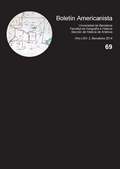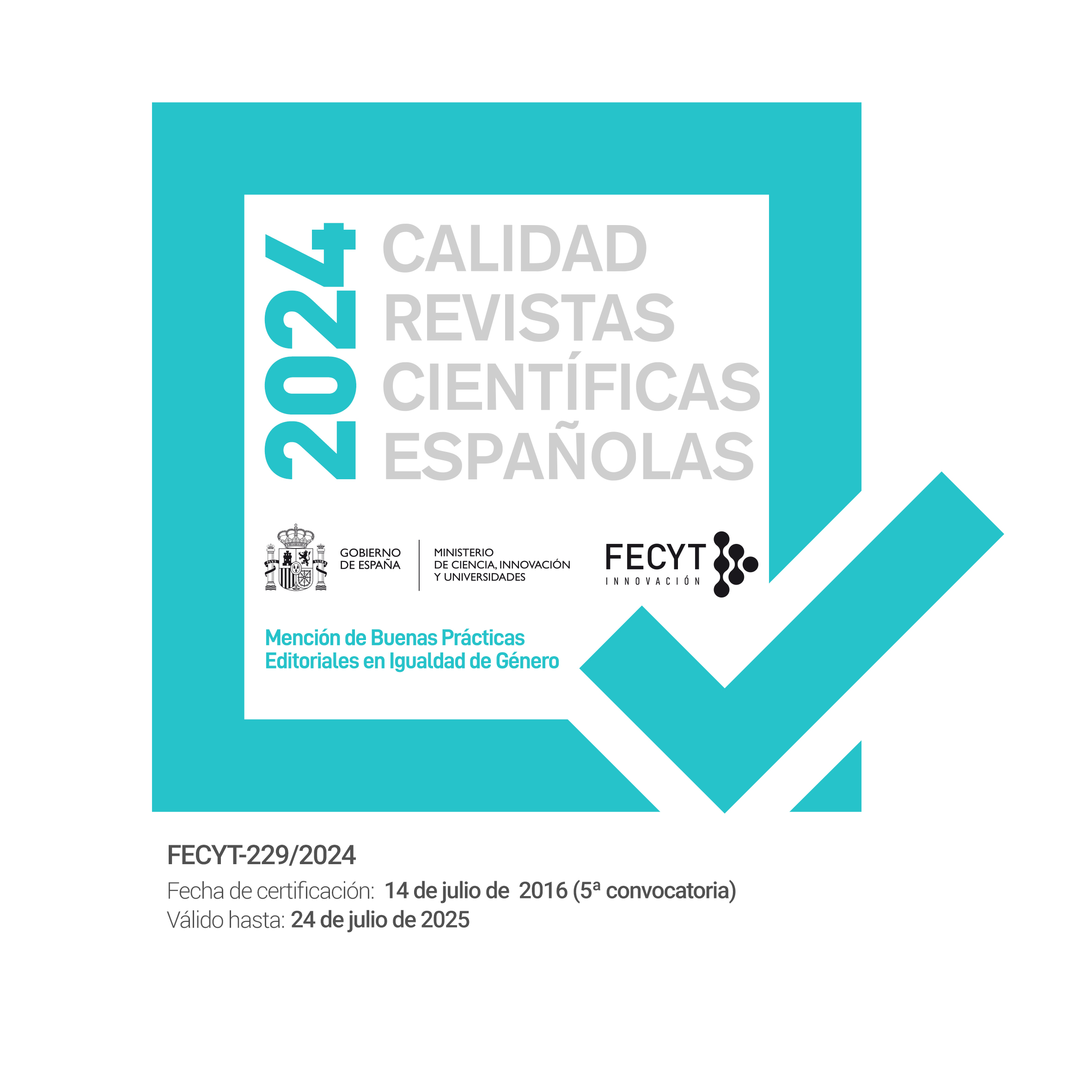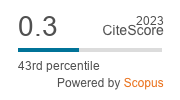The archaeological expeditions and the populations of the pioneer front in the Usumacinta half Guatemalan. Contemporary recolonization of the border area
Keywords:
Pioneer front, Peasants, Land border, Archaeological practice.Abstract
In the second half of the twentieth century, the Guatemalan State organizes the colonization of the north-western border. The territory of Petén, a dense rainforest, was colonized after the announcement of the Mexican hydroelectric project on the Usumacinta River basin that marks the border with Guatemala.
The settlers managed economic development interrupted by the guerrillas and the national army. Subsequently, a territorial re-ordering is specified through the notion of biological corridor. To regulate its use, the presence of scientists was privileged and any productive activity was prohibited. For 1990, the basin was a core area that preserves archaeological sites. This paper describes the meeting of specialists with the peasants in the border.
Downloads
Issue
Section
License
The author publishing in this journal agrees to the following terms.
a. Author retains the copyright and grants the journal the right of first publication of the work.
b. Texts will be disseminated under the Creative Commons Attribution-NonCommercial-NoDerivative licence, which allows the work to be shared with third parties, provided that they acknowledge authorship, their initial publication in this journal, and the terms of the licence. It is not permitted to make commercial use of the work nor to distribute derivative works without the copyright holder's explicit permission.





